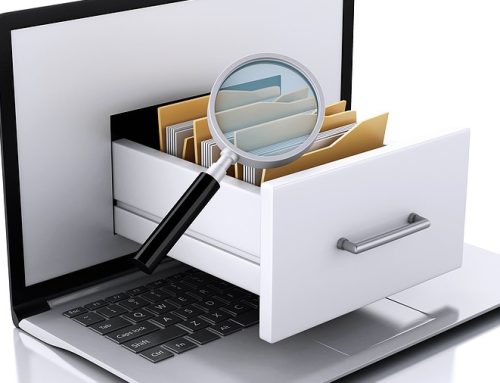As companies shift information and work processes to the cloud, they must also plan carefully for migrating records management systems. Records management works differently in Microsoft 365 and other cloud platforms than in legacy systems. Consequently, organizations need to involve the right people, conduct in depth analysis, and outline a detailed plan before migrating.
Involve Key People Early
Migrating to the cloud involves much more than simply moving files and mailboxes. Legacy records management systems also include the accompanying structure, from metadata to audit trails, that determines the information lifecycle. And increasingly strict government and industry standards make records management more critical than ever.
As a result, organizations need to involve key personnel from the very beginning of the migration process. Those responsible for records management systems must work closely with IT to ensure the inclusion of information security and privacy considerations in migration planning.
Migration planning should also include key representatives from each department. Subject matter experts provide valuable input into the priorities and risk involved with various types of information.
Conduct Pre-migration Information Analysis
With the right stakeholders involved, take time to run a thorough information audit. A family moving cross country would not load garbage into the moving van. Likewise, not all existing data and metadata need to move to the cloud.
Identify priority information that will prove critical to everyday business. Additionally, flag data for archive if it needs to be retained but does not need to be readily available. Finally, mark outdated, redundant or trivial information (ROT) that can be deleted before migration. Keep compliance requirements in mind when classifying information.

Plan New Records Management Structure Before Migrating
Once you have determined which data to migrate, map out the new records management structure before beginning the move. Since Microsoft 365 workspaces operate differently than on premises systems, the move will necessitate adjusting the approach to records management.
For instance, Microsoft 365 groups and teams factor heavily into content creation and management. Records management discussions need to include rules for how groups and teams are provisioned, managed, and deleted. Expiration and naming policies help prevent sprawl. And access management defined by the group can simplify security concerns.
Records Management in Microsoft 365
In addition to groups, Microsoft 365 includes several solutions for records management. Previously known as Microsoft 365 Compliance, Microsoft recently rebranded these solutions under the Microsoft Purview umbrella. Through Purview, organizations create an up-to-date data map, classify sensitive data, and govern data lifecycle.
For instance, records management administrators can define retention at both the folder and file level to help ensure compliance. Retention labels apply to specific items, such as a file or an email. Those labels follow the item, regardless of where it lives. Retention policies, on the other hand, affect all items within a given folder.
To take advantage of the full records management capabilities in Microsoft 365, customers need to purchase the Microsoft 365 E5 package. However, an E3 license also includes many of the records management features.

Strategic Approach to Migrating Records Management Systems
Organizations that face more complex regulations may find that they need additional assistance to meet their information governance needs. Fortunately, the information governance consultants at Messaging Architects can help.
They will guide your organization from initial data audit through developing a comprehensive plan that includes identity and access governance, as well as data security and ongoing data management. And with in-depth Microsoft 365 expertise, they will ensure a smooth records management systems migration to the cloud.







